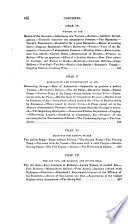 | 1832 - 354 pages
...investigation to Pneumatics. | Since, by imparting heat continually to a body, it is made to pass successively from the solid to the liquid, and from the liquid to the gaseous state, and by continually abstracting heat it may be transferred in the contrary direction from the... | |
 | Mary Somerville - 1834 - 390 pages
...becoming: latent, or are disengaged by the changes of condition to which substances are liable in passing from the solid to the liquid, and from the liquid to the gaseous form, or the contrary, occasioning endless vicissitudes of temperature over the globe. The application... | |
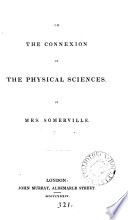 | Mary Somerville - 1834 - 666 pages
...becoming latent, or arc disengaged by the changes of condition to which substances are liable in passing from the solid to the liquid, and from the liquid to the gaseous form, or the contrary, occasioning endless vicissitudes of temperature over the globe. The application... | |
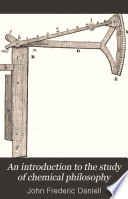 | John Frederic Daniell - 1839 - 606 pages
...to which we shall presently advert. § 176. When matter undergoes one of the great physical changes, from the solid to the liquid, and from the liquid to the aeriform state, we find exemplifications of the phenomena of latent heat. As in these transitions a... | |
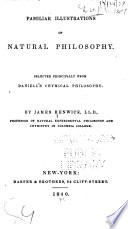 | James Renwick - 1840 - 412 pages
...to which we shall presently advert. § 144. When matter undergoes one of the great physical changes, from the solid to the liquid, and from the liquid to the aeriform state, we find exemplifications of the phenomena of latent heat. As in these transitions a... | |
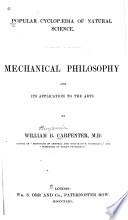 | William Benjamin Carpenter - 1843 - 604 pages
...most remarkable effect of heat upon bodies, however, is its tendency to make them change their form, from the solid to the liquid, and from the liquid to the gaseous. The change of a solid into a liquid is usually termed its melting, fusion, or liquefaction; whilst... | |
 | William Benjamin Carpenter - 1843 - 336 pages
...most remarkable effect of heat upon bodies, however, is its tendency to make them change their form, from the solid to the liquid, and from the liquid to the gaseous. The change of a solid into a liquid is usually termed its melting, fusion, or liquefaction; whilst... | |
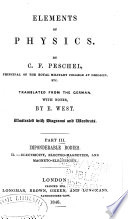 | Carl Friedrich Peschel - 1846 - 206 pages
...stratum of fluid hetween the electromotors, from the resistance to the transmission of the current from the solid to the liquid and from the liquid to the solid, and from the retarding influence of the metal connecting contiguous plates. Hence it follows... | |
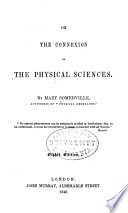 | Mary Somerville - 1849 - 568 pages
...becoming latent, or are disengaged by the changes of condition to which substances are liable in passing from the solid to the liquid, and from the liquid to the gaseous form, or the contrary, occasioning endless vicissitudes of temperature over the globe. There are many... | |
 | John Johnston - 1850 - 396 pages
...THERMOMETERS. 27. We have seen above (17), that heat is capable of changing the form of bodies, as from the solid to the liquid, and from the liquid to the gaseous state ; but before this change is effected, on the application of heat to nearly all bodies they are... | |
| |